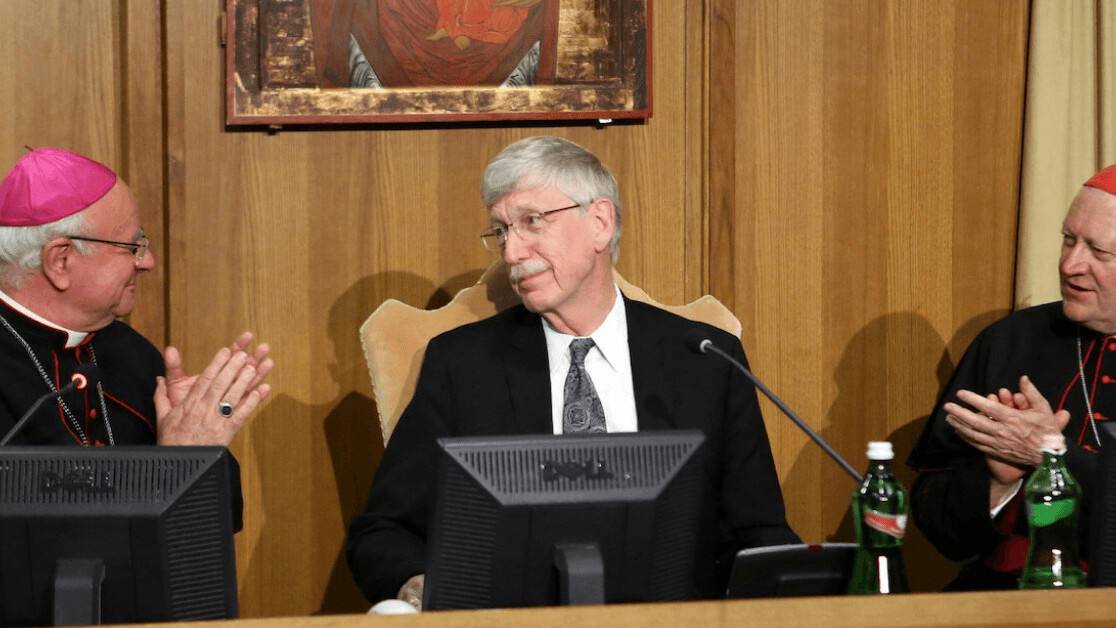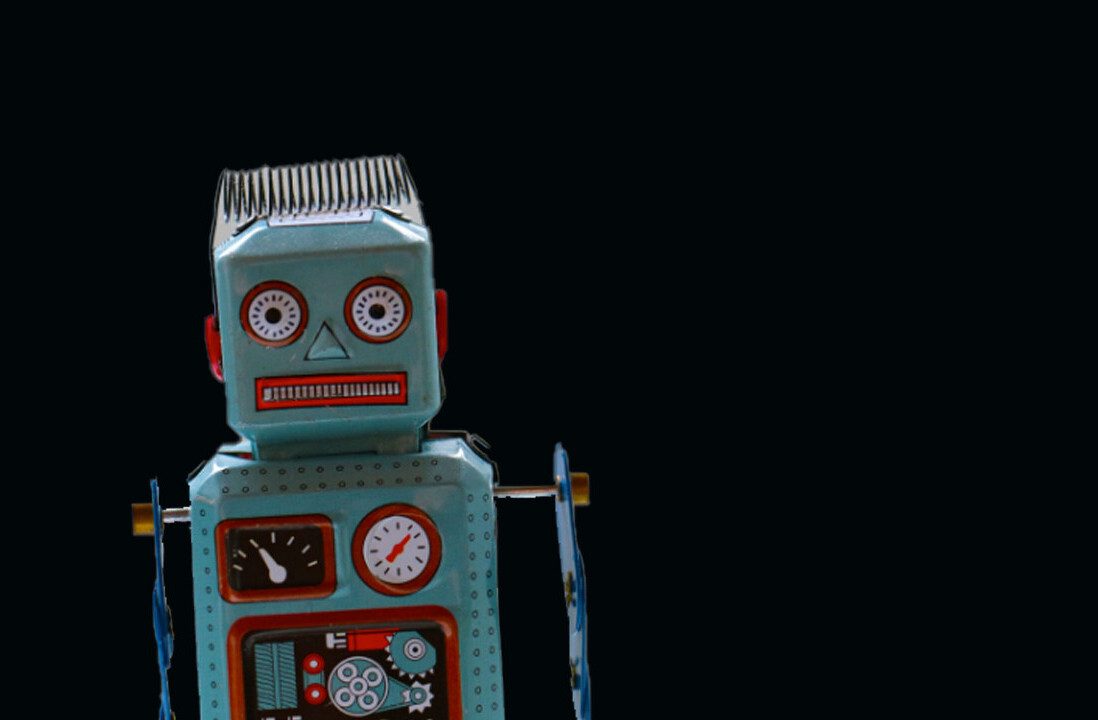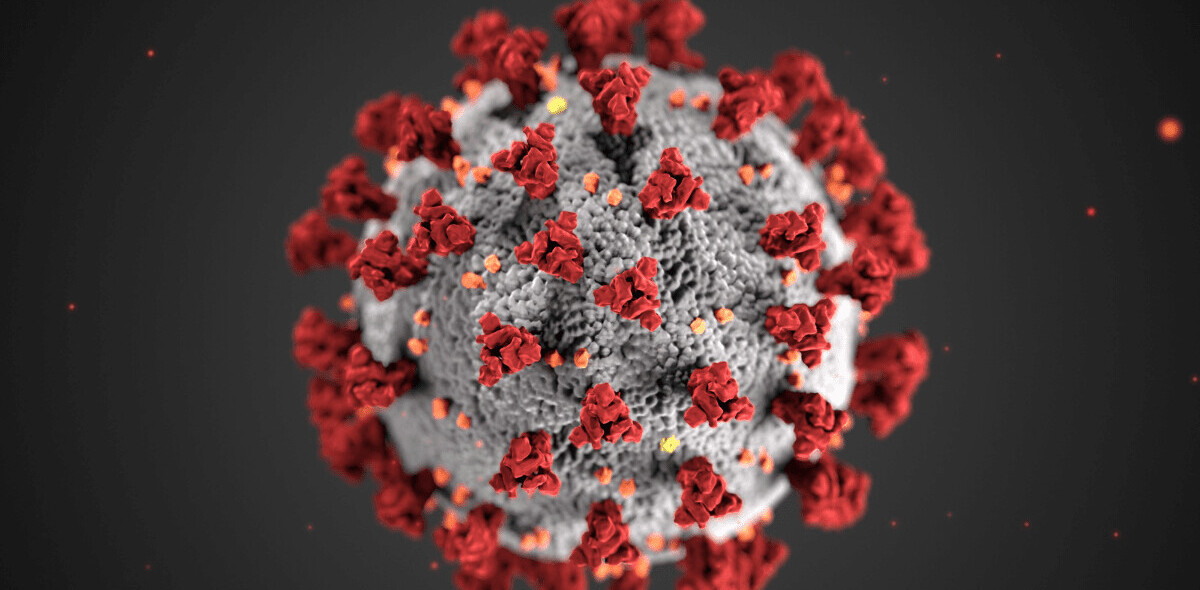The Vatican might not be a place where you’d normally expect to hear about cutting-edge scientific research, but that was the case in April last year. Several hundred scientists, physicians, and policymakers gathered in Rome for the latest International Vatican Conference, the fourth since launching in 2011.
This year’s theme, “Unite To Cure,” brought together leading figures in healthcare, business, journalism, and philanthropy (plus Katy Perry, to give a talk on transcendental meditation). The aim was to share knowledge about recent medical advances and discuss how they can best be used to improve human health around the world.
If you didn’t get to go (like me), don’t worry, you can watch the whole thing online, including an address by Pope Francis himself.
On the agenda were things like diet, the use of digital technologies in healthcare, and even fake news. I was most curious about discussions of new technologies in biomedical research. It’s a field that moves quickly, which is great for medical and scientific progress, but, as the Pope remarked, such progress brings with it “the need for an increased awareness of our ethical responsibility towards humanity and the environment in which we live.”
One of the key functions of this and past Vatican Conferences has been to promote adult stem cell research — as opposed to embryonic stem cell research, which the Church considers immoral. Adult stem cells have some limitations compared to embryonic stem cells, but they’re less ethically contentious and can still be very useful. There were several talks about promising stem cell-based treatments, for conditions ranging from multiple sclerosis to the (somewhat less pressing) problem of erectile dysfunction.
These days it’s possible to “reprogram” adult stem cells to overcome some of their normal limitations. Jan-Eric Ahlfors described how his company, Fortuna Fix, plans to gather stem cells from patients’ skin or blood, and turn them into neural stem cells that can then be used to treat brain or spinal cord injuries, or neurodegenerative diseases like Parkinson’s. If this kind of technology can be extended in the future to include other types of cells, it could negate or greatly reduce the need for embryonic stem cells.
Another controversial topic is that of genetic manipulation, which a prominent Vatican official once labelled as one of the modern “social sins,” so I was intrigued to see that the conference included a panel on gene editing and CRISPR. CRISPR is a technique for altering specific DNA sequences inside a cell very accurately and efficiently, and with much greater ease than previous methods. It could soon be used to treat serious diseases like sickle cell anaemia and cystic fibrosis by directly targeting the genes involved. “It’s the biggest thing to happen in biology in a generation,” said panelist Katrine Bosley, the CEO of Editas Medicine.
Making changes to our DNA could have serious consequences, both for the health of individuals and for society as a whole. The panelists stressed that CRISPR-based treatments will be rigorously assessed for safety and efficacy, as per existing regulations for genetic and cellular therapies, and it’s important to note that the proposed treatments will target non-reproductive tissues like blood cells. Gene editing in human embryos is currently restricted to research purposes only, and international consensus is that it shouldn’t be used for reproduction — no designer babies, at least for the moment.
As you might expect at a Vatican healthcare conference, ethics were a recurring theme. They were the particular focus of one of the most entertaining discussions, on the morality of lifespan extension. The panel, much like a bad joke, featured a rabbi, a priest, and a Mormon elder — plus an entrepreneur and the director of the U.S. National Institutes of Health. They debated a wide range of issues, both practical (the consequences for social security, for example) and philosophical.
When they discussed the idea of uploading one’s consciousness to a computer, Elder Dale Renlund said that he believed having a human body is essential to being human. All of the panellists supported modest increases in longevity, raising average life expectancy to 100 or 120 years. Only entrepreneur Peter Diamandis raised his hand when asked if anyone wanted to live to 250 (“I wanna go walk on Mars”). Father Nicanor Austriaco framed his objection in terms of his belief in a life beyond this one, and emphasized the importance of quality over quantity, whereas Rabbi Edward Reichman expressed the more optimistic view that, “however long we live, we’ll continue to live with meaning.”
Throughout these talks, I was thrilled to see exciting scientific advances discussed in front of a broad audience, with thoughtful examination of the associated risks, responsibilities, and benefits. These technologies will affect vast swaths of society — so society should be involved in the decisions we make about them. But to make good decisions, we need to be well-informed. Religious organizations like the Catholic Church can play a unique role in spreading knowledge and shaping cultural conversations — and I hope that they can continue to work with the scientific community on our common goals as we move forward.
This article was originally published on How We Get On The Next by Joanna Lee.
Get the TNW newsletter
Get the most important tech news in your inbox each week.





